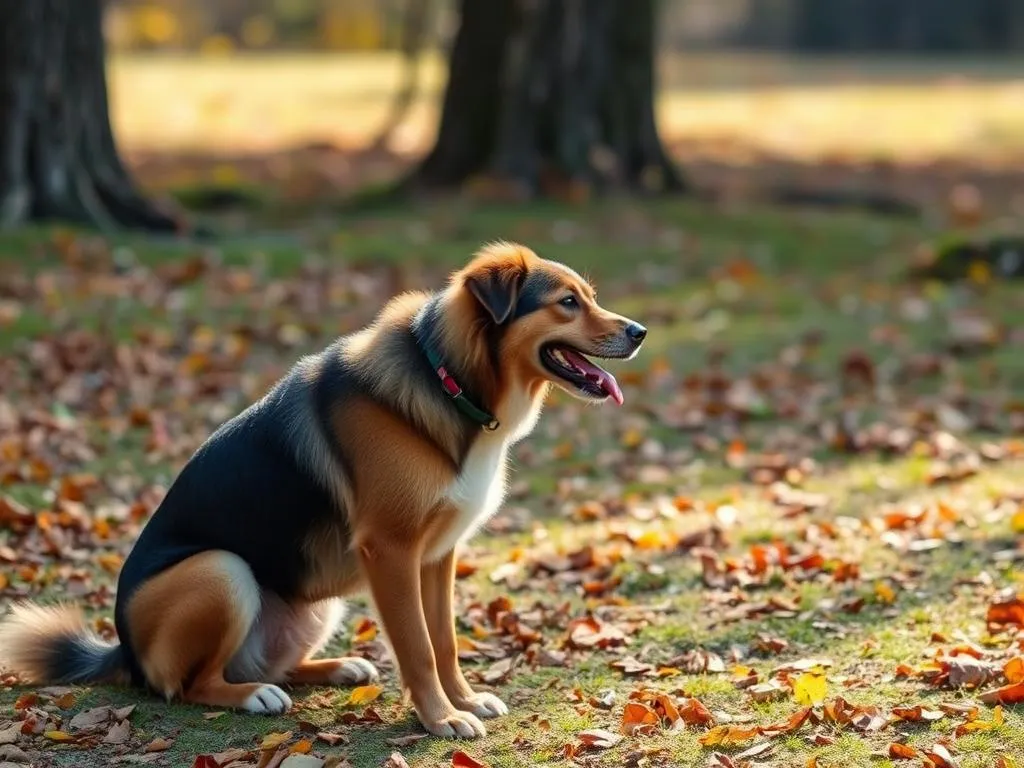
Teaching your dog the come command is one of the most important aspects of training. It not only enhances safety but also strengthens the bond between you and your furry friend. A reliable recall can mean the difference between a fun day at the park and a dangerous situation. Whether your dog is a playful puppy or a seasoned adult, mastering this command is crucial for a harmonious relationship. Here’s a comprehensive guide on how to teach the come command to your dog effectively.
Understanding the Come Command
Definition of the Come Command
The come command is a simple yet powerful directive asking your dog to return to you. It should invoke trust and understanding, making your dog feel secure enough to respond promptly. A reliable recall is essential for every dog owner, as it can prevent accidents and ensure your dog stays safe in various situations.
Benefits of Teaching the Come Command
There are numerous benefits to teaching your dog the come command:
- Enhances safety during walks and off-leash activities, allowing your dog to stay close when needed.
- Strengthens the human-dog relationship by promoting trust and communication.
- Encourages good behavior and discipline, helping your dog understand expectations.
Common Mistakes Pet Owners Make
Many pet owners unknowingly make mistakes while teaching the come command:
- Ignoring the command in training: Consistency is key. If you don’t use the command regularly, your dog may not take it seriously.
- Inconsistency in using the command: Using different words or tones can confuse your dog.
- Punishing the dog when it doesn’t come: This can create a negative association with the command, making your dog reluctant to respond.
Preparing for Training
Choosing the Right Environment
Selecting a distraction-free area is crucial for effective training. Look for a safe, enclosed space where your dog can focus solely on you. This could be a quiet room in your home or a fenced-in yard. As your dog becomes more proficient, you can gradually introduce more distractions.
Essential Tools Needed
Before starting, gather the following tools:
- Leash: A standard leash will help keep your dog close during training.
- Treats: High-value treats are essential for positive reinforcement. Consider using small bites of chicken, cheese, or store-bought dog treats.
- Clicker: If you’re using clicker training, have one handy to mark desirable behavior.
Understanding Your Dog’s Motivation
Every dog is different, and understanding what motivates yours is vital. Some dogs respond better to treats, while others may be more motivated by praise or playtime. Observe your dog to identify its preferences, which can help you tailor your training approach.
Step-by-Step Guide to Teaching the Come Command
Initial Training Steps
Get Your Dog’s Attention
Before issuing the come command, ensure you have your dog’s attention. Use its name or a playful tone to engage it. You might also use a toy or favorite treat to draw its focus.
Use a Positive Tone and Body Language
When giving the come command, use an enthusiastic voice and inviting gestures. Your body language should be open and encouraging to create a positive atmosphere for learning.
The Training Process
Start with Short Distances
Begin training at short distances. Stand a few feet away from your dog, give the come command, and gently pull on the leash if necessary. As your dog comes to you, reward it immediately with a treat and praise. Gradually increase the distance as your dog becomes more reliable.
Incorporate the Command with Treats
Using treats effectively is key to reinforcing the come command. Follow these steps:
- Say your dog’s name followed by the come command.
- When your dog starts to move towards you, mark the behavior with a click or verbal cue.
- As soon as it reaches you, give it a treat and lots of praise.
Make sure to time the reward perfectly—immediate reinforcement will help your dog associate the command with positive outcomes.
Adding Distractions
Once your dog reliably responds in a controlled environment, gradually introduce distractions. This could involve practicing in a busy backyard or a local park. Start with minimal distractions and slowly increase them as your dog becomes more adept at following the come command.
Troubleshooting Common Issues
Dog Not Coming When Called
If your dog doesn’t respond to the come command, consider these factors:
- Distractions: Are there too many distractions in the environment?
- Lack of motivation: Is your dog uninterested in the reward? Experiment with different treats or rewards.
- Fear or anxiety: Ensure your dog feels secure and confident in the training environment.
Re-engaging your dog may involve going back to a quieter space or using higher-value treats.
Too Much Excitement
Some dogs can get overly excited during training, making it hard for them to focus. If your dog is bouncing off the walls, try these calming techniques:
- Shorter sessions: Reduce the length of training to prevent overstimulation.
- Calm environment: Practice in a quieter place until your dog learns to settle down.
- Focus exercises: Teach other commands that require focus, like sit or stay, to help your dog learn to concentrate.
Inconsistent Responses
Inconsistency can confuse your dog. Here’s how to maintain reliable responses:
- Stick to one command: Use only the word “come” consistently.
- Consistent rewards: Always reward your dog when it responds correctly, regardless of the situation.
- Practice regularly: Frequent practice in various environments will reinforce the command.
Advanced Techniques for the Come Command
Teaching a Release Word
Introducing a release word can enhance the come command. After your dog comes to you, use a release word like “okay” to signal that it can go back to whatever it was doing. This helps your dog understand that it is not always expected to stay close.
Off-Leash Training
Transitioning to off-leash training is a big step. Here are some guidelines:
- Controlled environments: Start in a fenced area where your dog cannot run off.
- Use a long line: This allows your dog freedom while still giving you control.
- Gradual progression: Only allow off-leash time once your dog consistently responds to the come command.
Incorporating Games into Training
Making training enjoyable can significantly enhance your dog’s learning experience. Here are some fun activities to reinforce the come command:
- Fetch: Call your dog back to you during playtime.
- Hide and seek: Hide somewhere in your house or yard, then call your dog to find you.
- Obstacle courses: Set up challenges that require your dog to return to you after completing tasks.
Maintaining the Come Command
Regular Practice Sessions
Practice makes perfect. Aim for short, engaging sessions multiple times a week. Consistent practice helps solidify the come command in your dog’s mind.
Reinforcing the Command in Daily Life
Integrate the come command into everyday situations. For example, call your dog when it’s time for meals or playtime. This helps reinforce the command naturally without formal training sessions.
Recognizing Progress and Celebrating Success
Acknowledge your dog’s progress, no matter how small. Celebrate successes with treats, praise, or extra playtime. Recognizing improvements boosts your dog’s confidence and encourages further learning.
Conclusion
Teaching your dog the come command is an invaluable skill that enhances safety and strengthens your relationship. It requires patience and consistency, but the rewards are worth it. Start practicing today, and enjoy the benefits of a well-trained, happy dog. Remember, a reliable recall can save your dog from potential dangers and create a deeper bond between you two.









